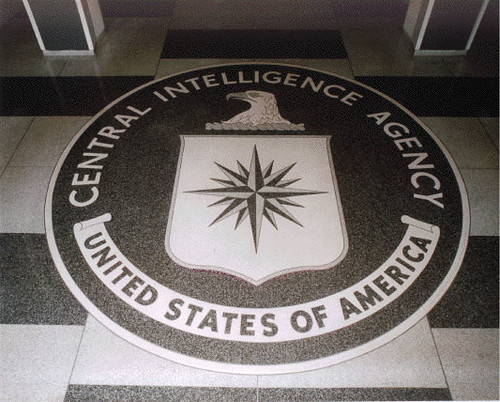
“Naturally it’s a violation of international law; that’s why it’s a covert action!” Vice President Al Gore’s 1993 quote, cited by The New York Times, now resonates through the serpentine corridors of the Russia-Ukraine conflict. While the world observes the open confrontation of armies, a much more subtle war is waged in the background one directed by the CIA and its high-level paramilitary agents.

Recent disclosures by investigative news stories and declassified histories have shed light on the size and complexity of U.S. secret assistance to Ukraine. From covert training programs to the building of clandestine espionage centers, these activities not only have affected the battlefield but also have reshaped the nature of warfare itself. The following is an in-depth look into the most persuasive aspects of the CIA’s clandestine hand in Ukraine, providing a unique insight into the strategy, technology, and tradecraft influencing this war.

1. The Stealth Network: CIA’s Secret Bases Along the Russian Border
The CIA has over the last eight years secretly built a ring of 12 hidden spy bases along Ukraine’s border with Russia, which is the command center for Kyiv’s military intelligence. The New York Times has reported that these underground bunkers, usually buried beneath forests, are nearly completely funded and partially outfitted by the CIA. The Ukrainian forces employ such centers to monitor Russian satellites and intercept communications between Russian leaders, delivering real-time information that has been essential on the battlefield. A network of spy bases supported by the CIA has emerged as the cornerstone of Ukraine’s resistance, as a former SBU chief has stated, “Without them, there would have been no way for us to resist the Russians, or to beat them.”

2. Paramilitary Units: The Highly Trained Operators Behind Enemy Lines
The CIA’s Special Activities Center (SAC) sends highly trained paramilitary officers usually veterans of U.S. Army Special Forces, Navy SEALs, Delta Force, or Marine Raiders to Ukraine. There are between 100 and 150 of these operatives in the field at any one time. They learn everything from cyberwarfare and advanced spying to high-speed driving and hand-to-hand combat. Their central function is to train, counsel, and help guide Ukrainian troops, without the ability to claim deniability by wearing unmarked uniforms and foreign-made equipment. The teams tend to be small sometimes only two men and work close to the front lines under Top-Secret, Special-Category (TS-SPECAT) status, with all efforts made to keep them safe and unidentified. CIA paramilitary units are the incarnation of America’s “third option” in foreign policy: not diplomacy, nor open military intervention, but something much more ephemeral.
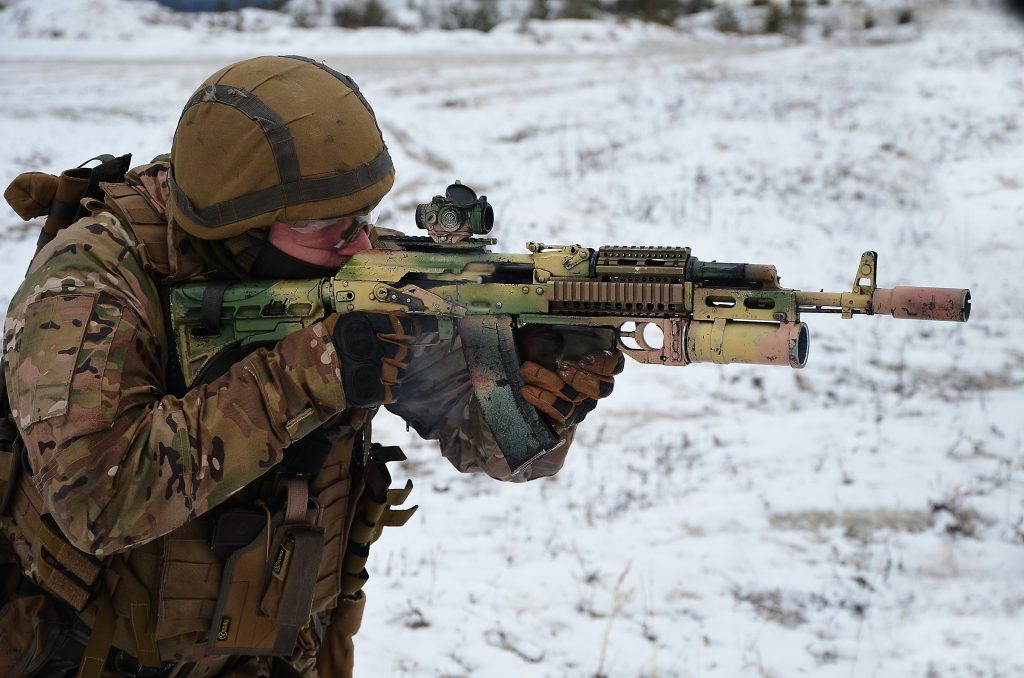
3. Training the Resistance: Decade-Long CIA-Ukrainian Partnership
It is not a new role for the CIA. Since 2014, after Russian annexation of Crimea, the Agency has been building and updating Ukraine’s intelligence community. This association has involved multiweek training courses in the U.S. with top Ukrainian special operations forces in such areas as firearms, land navigation, secure communications, and insurgency tactics. As one ex-CIA official bluntly informed Yahoo News, “The United States is training an insurgency.” They have been so successful that, in the view of former officials, Ukrainian special forces have surprised and frustrated Russian advances by employing tactics and intelligence sharpened under CIA tutelage. CIA-trained paramilitaries are now regarded as the backbone of Ukraine’s resistance and prepared to mobilize and lead a protracted insurgency if need be.
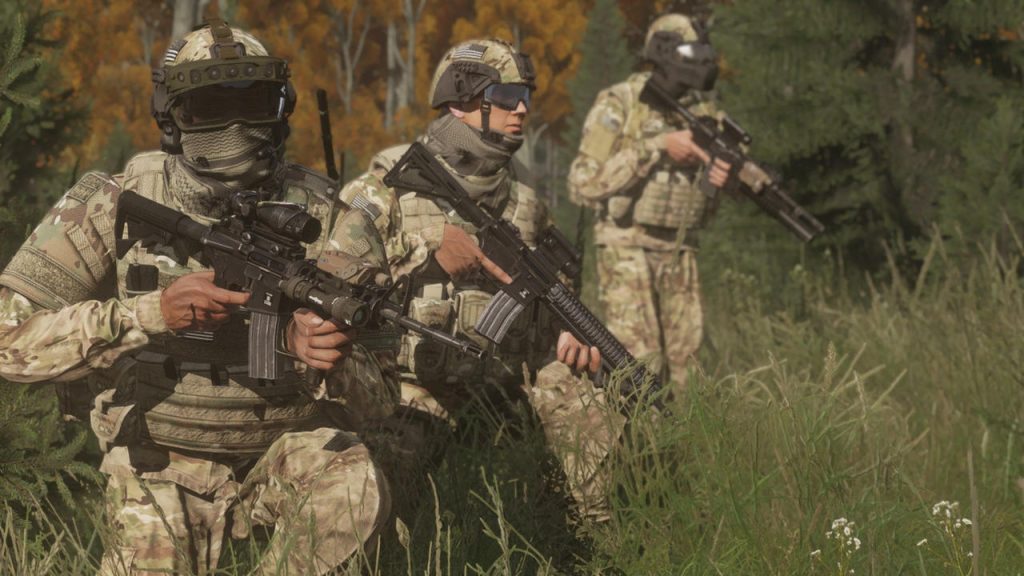
4. Plausible Deniability: Disguises, Gear, and Weapons
Blending in for CIA operatives in Ukraine is of the utmost importance. Operators use unmarked Crye Precision MultiCam uniforms, which are the same as those used by Ukrainian special operations forces, as well as internationally sourced weapons like the FN SCAR-H CQC and Walther PDP Pro SD Compact. Their gear is selected for its deniability, with a bias for overseas-designed weapons, tactical knives from Italy or Germany, and durable civilian trucks such as the Toyota Hilux or Mercedes-Benz G300 CDI. Even their boots trade brown hiking shoes steer clear of any overt U.S. military identification. This calculated attention to detail enables teams to remain undetected and, if discovered, avoids direct assignment to the United States. Plausible deniability is not only a strategy; it is an imperative for survival.

5. Air Power in the Shadows: Covert Aircraft and Helicopters
Covert air cover has emerged as a pillar of CIA operations in Ukraine. The Agency’s Air Branch is known to utilize a 2011 Quest Kodiak 100 STOL aircraft, satin-black painted and carrying state-of-the-art radar and infrared detectors. This plane, leased with front companies, can conduct rapid insertion, exfiltration, and resupply missions on short notice. European-produced helicopters such as the Leonardo MH-139A Grey Wolf employed by 25 countries provide deniability for close air support. These helicopters are easily reconfigured with sophisticated sensors and weapons, and all U.S. markings are stripped off before sending them out. The outcome is an aircraft fleet that can fly in contested airspace while being invisible to attribution. Secret air operations are the behind-the-scenes lifeline of Ukraine’s most sensitive operations.
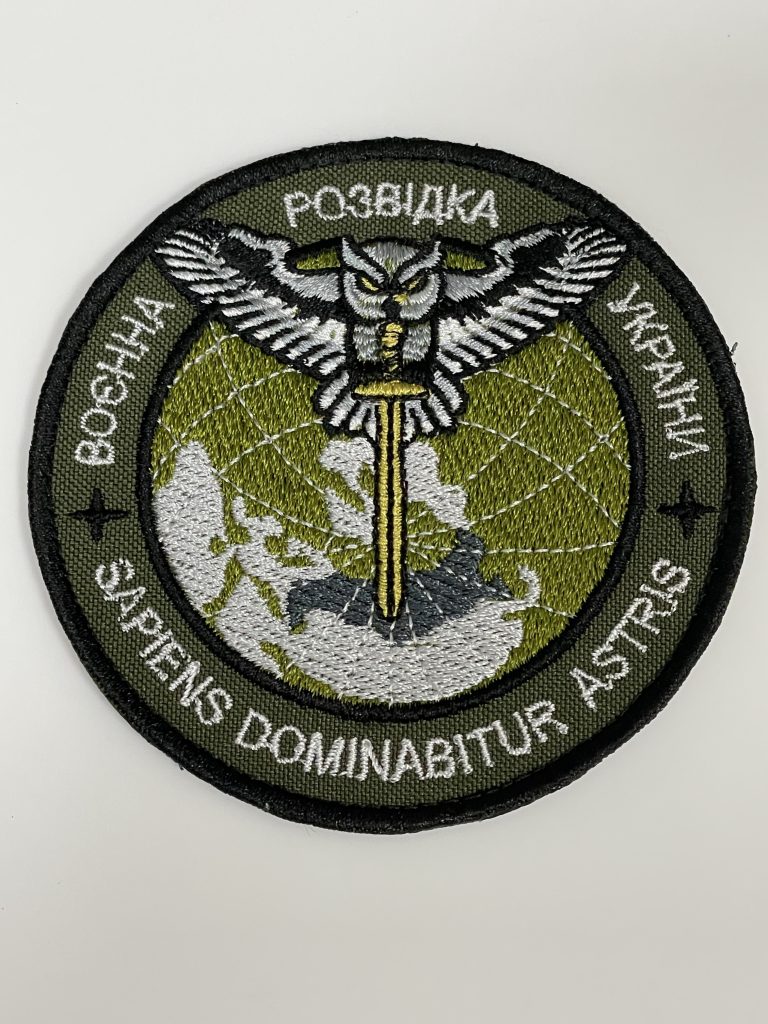
6. Intelligence Sharing and the “Shadow War”
The intelligence relationship between the CIA and Ukraine’s Main Directorate of Intelligence (HUR) has never been stronger. Since 2014, the Agency has spent millions training, equipping, and building facilities for Ukrainian intelligence officers. The outcome is a collective operational capacity that performs espionage, sabotage, and targeted attacks within Russia and occupied territories. As explained by a previous U.S. official to ABC News, “They went from being zero to one of our most valuable partners, up in the league of the Brits.” This partnership has provided actionable intelligence for missile strikes, intercepted Russian communications, and the revelation of Russian activities globally. CIA-HUR collaborative operations are now a determining element for Ukraine’s capacity to resist and push back against Russian aggression.

7. The Dangers of Compromise: Russian Penetration and Counterintelligence
Work in Ukraine is dangerous work not just from Russian troops, but from Russian penetration of Ukrainian intelligence services. The CIA has been well aware for years that Moscow’s spies penetrated Ukrainian agencies, leading to stringently vetting and compartmentalizing sensitive operations. Special units, usually manned by officers under 30 without Soviet connections, are established in order to reduce the risk of compromise. Despite these measures, Russian efforts to spot and eliminate CIA-trained agents remain, rendering counterintelligence an ongoing daily struggle. As one ex-CIA officer pointed out, “Russians and treasonous Russian loyalists in the Ukrainian security services were looking for graduates of those classes to kill.” The shadow war is as much about survival as strategy.
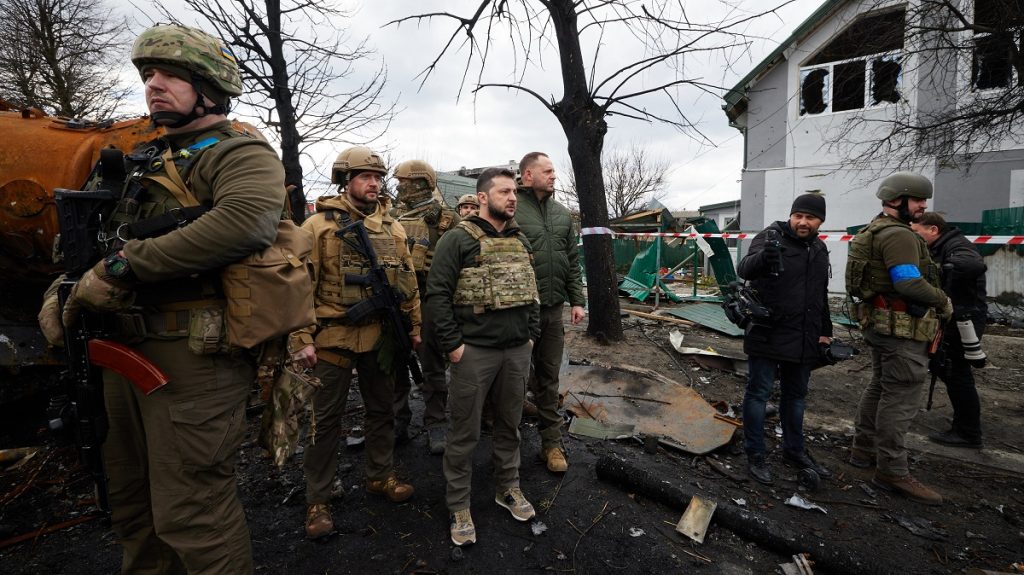
The covert struggle in Ukraine is a test of the new art of warfare. As the distinction between intelligence, military, and political action dissolves, the CIA operations demonstrate the promise and danger of contemporary shadow conflict. For war and intelligence buffs, these disclosures provide not only an insight into the weapons and methods of the current covert warriors, but an awareness of the stakes and the costs shrouded in the shadows of war.


